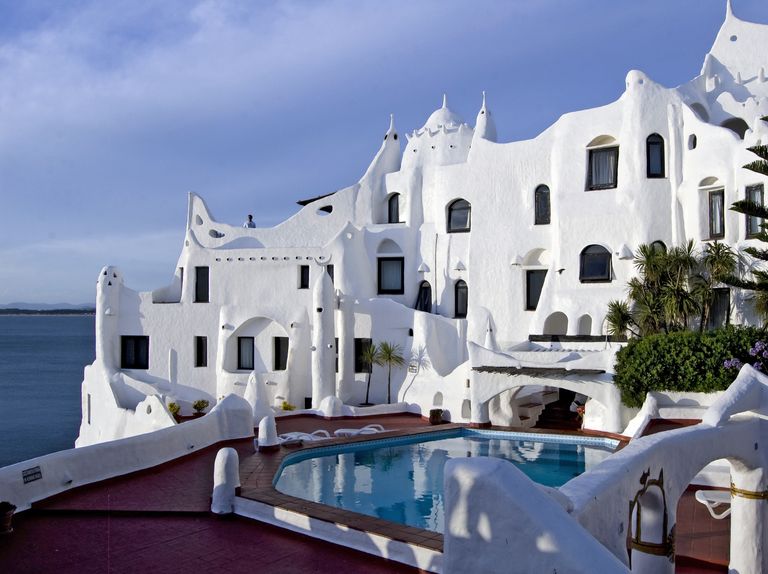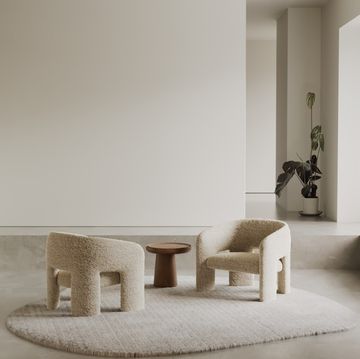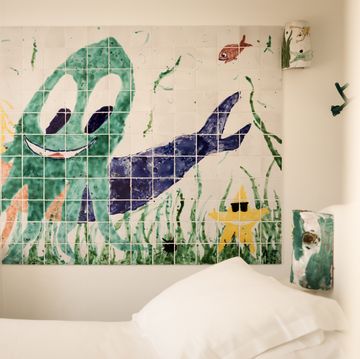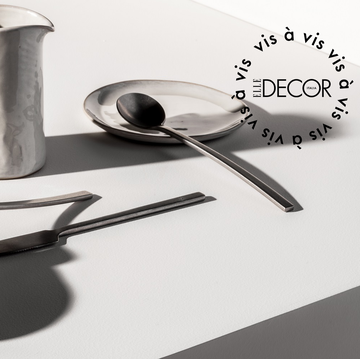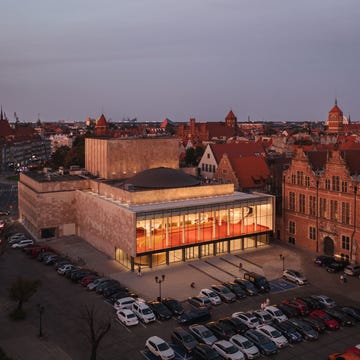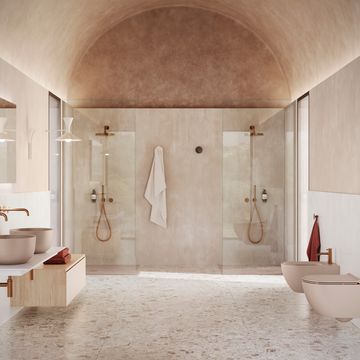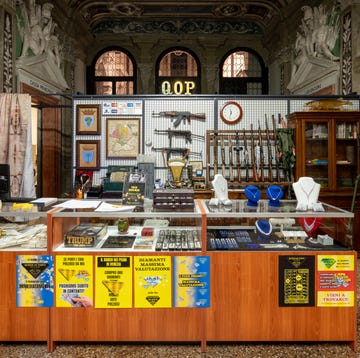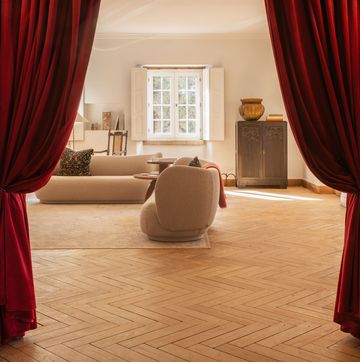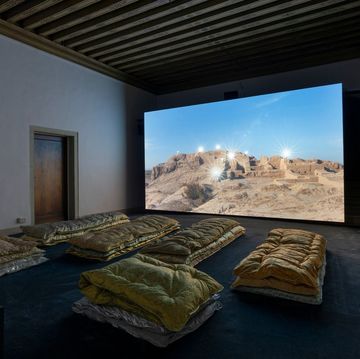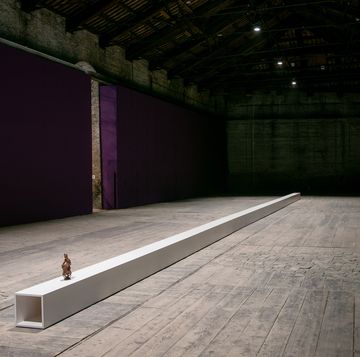A “living sculpture” is nestled in the rocks resting above the ocean, where a tight-knit network of small white nests are piled one atop the other. We’re at Casapueblo, a bizarre, stone-carved wonderland near Punta del Este, Uruguay, by the great artist, Carlos Páez Vilaró, who passed away in 2014 at the age of 90. From the sea, the white-stained cascade is almost reminiscent of the Mediterranean: a bit Santorini and a bit Parc Guell in a fantastical space exuding peace and poetry.
Vilarò moved to Casapueblo in 1958, after having traveled and explored the world, filling his imagination with the sights, sounds, and scents of the four corners. Born into poverty in Montevideo, he quickly found his calling as an artist. First in Buenos Aires, then Paris, it didn’t take long before his murals had conquered the world. With a sanguine intensity of South America, his work is marked by the natural fatigue of production woven with the sensuality of a tango.
Pablo Picasso found an affinity in Vilaró, and it was with him that he explored the world. Wooing women like Sofia Loren and Brigitte Bardot, and sliding in next to Kennedy and Fidel Castro, he was influenced by anything new and surprising — an insatiable traveler capable of mastering any creative language: from painting to ceramics and poetry to music. But life on the road wasn’t easy, and Vilaró longed to return home, choosing Punta Ballena, a stretch of stunning and isolated coastline near Punta del Este. There, Vilaró wouldn’t find the standard crowd of rich South Americans and Europeans spending Christmas on the beach in one of Uruguay’s most glamorous destinations — a common sight to this day. Instead, the artist found fishermen’s territory — simple and exposed. And so, without a second thought, Vilaró traded in the riotous rhythms of the nightlife for the soothing song of the horneros and waves crashing below.
From their mudded nests, distinguished by a lateral opening recalling the mouth of an oven (hornero), Vilaró drew inspiration for his own home, creating what would become his greatest and most iconic work. It all began with a wood hut, constructed with his own two hands, of course. Vilaró may not have been an architect, but step by step, he multiplied the cells of this growing habitat, generating a complex organism that was both joyously anarchic and an enemy of straight, sharp lines. For thirty years, the property was expanded across the slope of Punta Ballena, like a living creature or a sculptural snarl of stone, where crystallized seafoam became rooms, a gallery, an atelier, and finally a hotel — the most eccentric of them all.
Here, rooms were labeled not by numbers, but by symbols, engraved by Vilaró himself and inspired by the local culture with a hint of remote African influences. Each night, at sunset, his voice would come over the intercom, giving tribute to the sun and welcoming the night with the notes of Concierto de Aranjuez by Joaquín Rodrigo.
Vilarò lived in his tentacular nest until his death, working obsessively to carve both his artistic and personal footprint into the stone. Casapueblo is an enormous treasure chest of memories, testimonies, and traces destined to stand the test of time and transform through the countless guests that make their way here each year.
Perhaps that’s why the fantastical house of Vilarò in Uruguay is more alive than ever: a one-of-a-kind work of art, a museum, and a hotel that hides its greatest treasures for travelers of the world.
